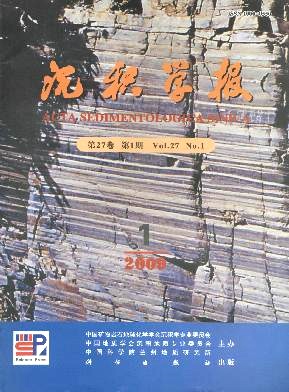Analysis on Sedimentary Systems and Hydrocarbon Accumulation of Palaeogene, Chengbei Sag
- Received Date: 1900-01-01
- Rev Recd Date: 1900-01-01
- Publish Date: 2009-02-10
-
Key words:
- sedimentary systems /
- sedimentary facies /
- hydrocarbon accumulation /
- Chengbei Sag
Abstract: In order to study the exploring foreground and hydrocarbon accumulation rules of the Chengbei sag, Bohai Bay Basin, based on the exploring practice of Palaeogene subtle reservoir, the following topics are discussed in this research: the sedimentary evolution history and sedimentary system types of Chengbei Sag; sedimentary facies demarcation and characteristics; reservoir types and accumulation pattern. The conclusions were drawn from the study on the exploring and geological data of Chengbei Sag: The sedimentary evolution history shows that Chengbei Sag experienced four stages: lake basin prerift period, rift spreading period, rift contracting period, and lake basin postrift period; Five types sedimentary facies grows in Palaeogene of Chengbei Sag: nearshore subaqueous fan, beachbars, fandelta, deepwater turbidite fan, and delta; The Palaeogene reservoir can be divided into two accumulation systems: northern abrupt slope and southern gentle slope. The Palaeogene reservoir can be divided into three types: updip pinchout sandstone reservoir, fault block reservoir, and overlap unconformity reservoir. These results show the influence of the sedimentary characteristics to the hydrocarbon accumulation. Hydrocarbon will accumulate easily in the updip pinchout sandstone and overlap unconformity area.
| Citation: | FU Zhaohui. Analysis on Sedimentary Systems and Hydrocarbon Accumulation of Palaeogene, Chengbei Sag[J]. Acta Sedimentologica Sinica, 2009, 27(1): 26-31. |






 DownLoad:
DownLoad: